2025 – CHW
Sad news – Monica Trudgeon died over the weekend.
First flower out on a young Magnolia ‘F. J. Williams’.
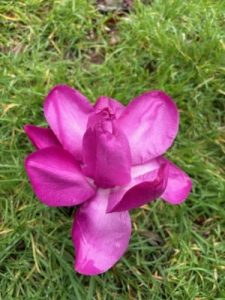
Magnolias through the arch after another couple of days of strong southerly gales.
The new Acacia cultriformis planted by the Hovel.
Magnolias out in the Giddle Orchard.
Karol’s aerial shots of the now full out Magnolia campbellii above Crinodendum hedge.
2024 – CHW
In the rain the view from the Burncoose Show Tunnel looking towards The Copper House.
In the rain the view from the Burncoose Show Tunnel looking towards The Copper House.
Five of the six Magnolia ‘Caerhays Splendour’ on the bank are now out in flower.
Narcissus cyclamineus seedlings and Ron Scamp’s Narcissus ‘Mr. Julian’ not far from the magnolias.
The original Magnolia campbellii is nearly over and hail storms threaten.
Michelia doltsopa well out above the Aucklandii Garden.
Magnolia campbellii ‘Darjeeling’ and the same Michelia doltsopa from above on the Main Ride.
In the grim light Magnolia ‘Queen Elizabeth’ is looking rather fine.
First flowers out on the best large flowered Magnolia campbellii ‘Alba’ on the Main Ride.
Magnolia ‘Philip Tregunna’ at its absolute best.
Magnolia sprengeri ‘Westonbirt’ now full out.
The huge Michelia doltsopa by George’s Hut is showing colour today but (thankfully) not out.
First flowers on Rhododendron fargesii in the Main Quarry – very early.
Acacia cultriformis shed half its leaves in the January cold but the flowers are still superb.
More Magnolia ‘Caerhays Splendour’ from above.
The view today from the front door with Magnolia ‘Caerhays Belle’ nearly at its best.
2023 – CHW
Rhododendron siderophyllum now full out a day or two later than I first saw it.
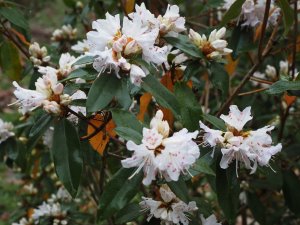
The Magnolia seedling from the same seed pan as ‘Caerhays Belle’ from above the Isla Rose Plantation.
The (similar) magnolia by the Hothead from above (on a drab day – again).
Camellia japonica ‘Drama Girl’ with a decent flower.
Rhododendron ‘Christmas Cheer’ and Magnolia ‘Frank’s Masterpiece’.
Magnolia ‘Todd’s Forty Niner’ finally coming out properly after several recent pictures in this Diary.
Suddenly a few flowers out on Magnolia zenii (not many).
Another 1810 snippet about a timber sale at Trevennen Farm/ Estate which the family bought in 1928.
2022 – CHW
A third plant of Magnolia campbellii ‘Valentine’s Torch’ with its first flowers.
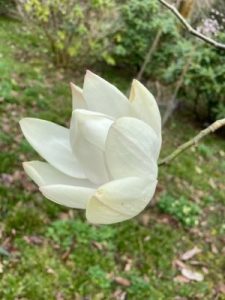
Lizzie’s mum’s wreath has survived the storms at the front door here.
First rather pale flowers showing on Rhododendron ‘Emma Williams’ on the drive.
Jaimie’s magnolia cross at the entrance to White Stiles. Good enough but not worthy of a name.
Magnolia sprengeri var. Diva ‘Marwood Hill’ near the old dog kennels with its first flowers.
Another unnamed hybrid of Jaimie’s looking good above the kennels. The sister plant to the retirement gift given to Lady Mary Holborow.
The old Magnolia sargentiana var. robusta seedling by the kennels.
Another young Magnolia ‘Vairano’ above the kennels with a few flowers.
Untouched and unblown away is the first of the two Magnolia ‘Lanarth’ seedlings to flower by the Gunnera patch on the top path.
The first leaves appearing on Gunnera manicata in February!
A young plant of Nigel Holman’s Magnolia ‘Hawk’ with a huge flower or three.
2021 – CHW
Howling westerly gale yesterday but the weather is set to improve and the magnolias are moving on apace. We are, however, thanks to the Beast, a fortnight later than last year.The New Zealand form of Magnolia ‘Lanarth’ is a great colour against a blue sky.
Howling westerly gale yesterday but the weather is set to improve and the magnolias are moving on apace. We are, however, thanks to the Beast, a fortnight later than last year.The New Zealand form of Magnolia ‘Lanarth’ is a great colour against a blue sky.
Jaimie’s Rhododendron ‘Maisie’ has sprung open.
As has Rhododendron ‘Golden Oriole Busaco’ (Rhododendron moupinense x Rhododendron sulfureum). This form has much darker flowers than ‘Golden Oriole Talavera’ which was also Caerhays bred.
The huge Magnolia campbellii seedling has now blown open even low down.
Finishing up the clearance of the fallen tree on Lower Rookery Path.
The new bamboo species from Whitelea Nursery have arrived and here is the list:
Fargesia nitida’Jiuzahaigou 1’(‘Red Panda’ atc)
Borinda (Fargesia) frigida (syn.frigidorum)KR4059
Borinda (Fargesia) scabrida
Chusquea culeou’Foxtail Bamboo’ ( seedlings from Wisley)
Indocalamus latifolius
Indocalamus (Sasa) tesselatus
Phyllostachys aurea ‘Koi’
Phyllostachys aureosulcata’Spectabilis’
Phyllostachys bambusoides’Castillonis Inversa’
Phyllostachys viridi-glaucescens
Thamnocalamus crassinodus ‘Kew Beauty’
Thamnocalamus crassinodus ‘Merlyn’
Borinda (Fargesia) frigida (syn.frigidorum)KR4059
Borinda (Fargesia) scabrida
Chusquea culeou’Foxtail Bamboo’ ( seedlings from Wisley)
Indocalamus latifolius
Indocalamus (Sasa) tesselatus
Phyllostachys aurea ‘Koi’
Phyllostachys aureosulcata’Spectabilis’
Phyllostachys bambusoides’Castillonis Inversa’
Phyllostachys viridi-glaucescens
Thamnocalamus crassinodus ‘Kew Beauty’
Thamnocalamus crassinodus ‘Merlyn’
Magnolias just starting outside the back yard.





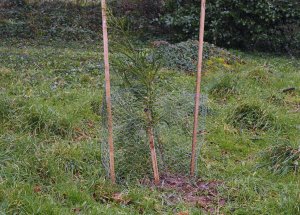
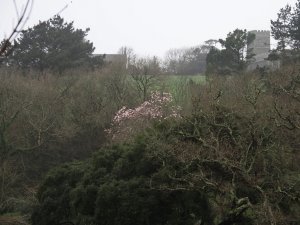
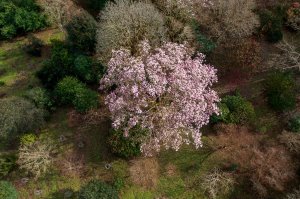
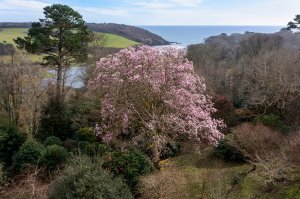
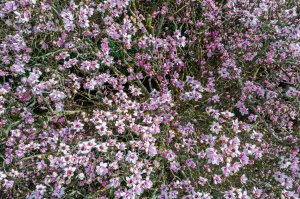
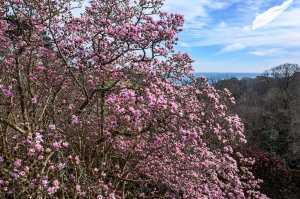
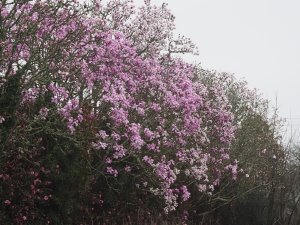
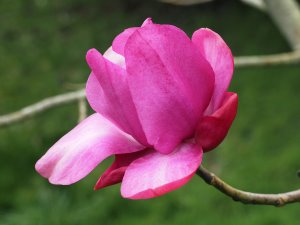
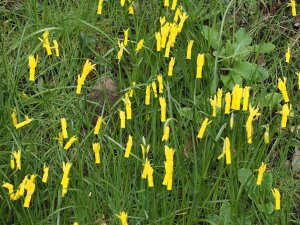

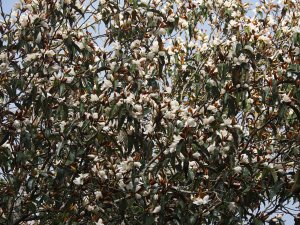
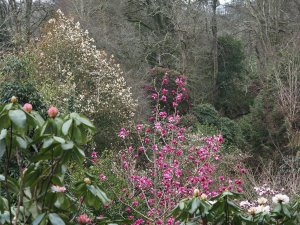
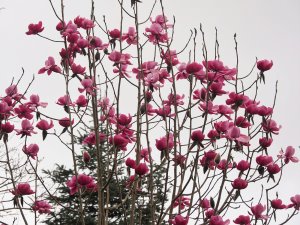
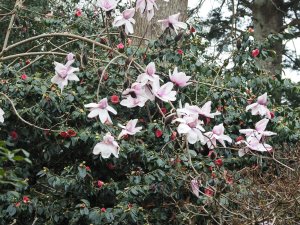
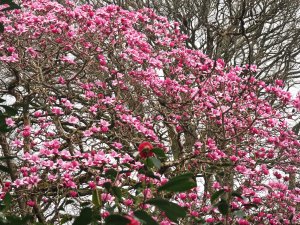
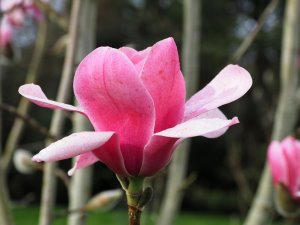
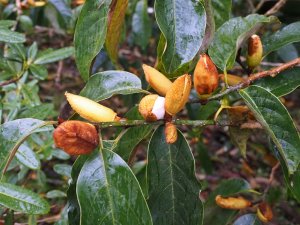
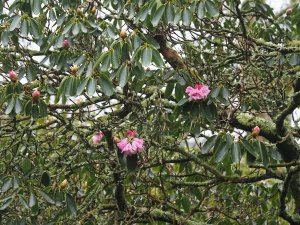
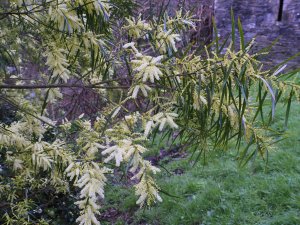

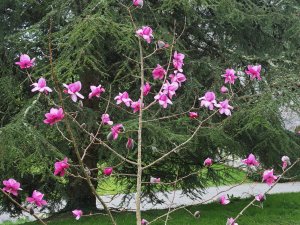
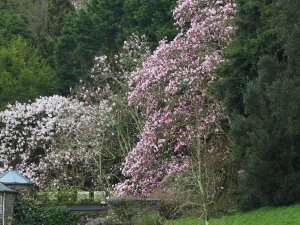
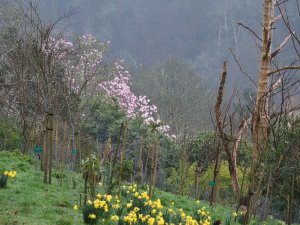
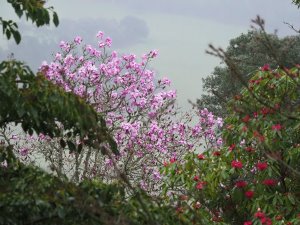
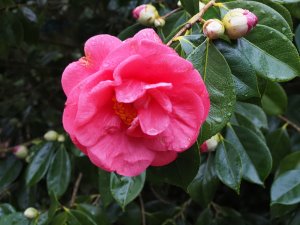
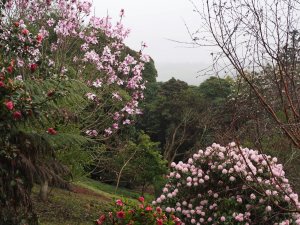
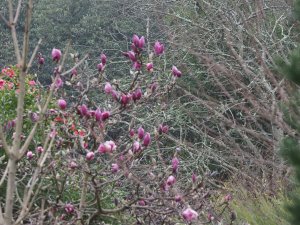
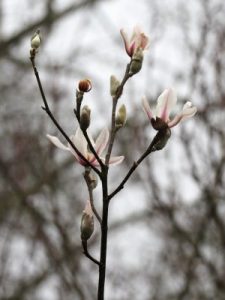
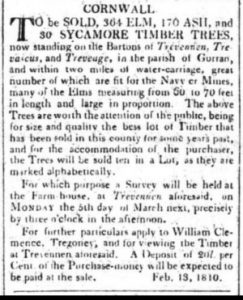
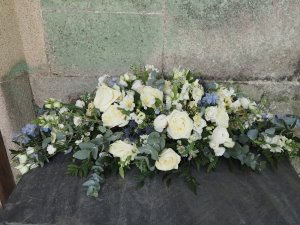
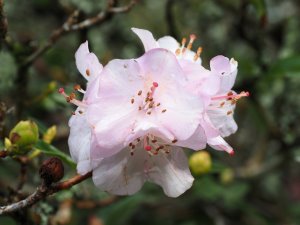
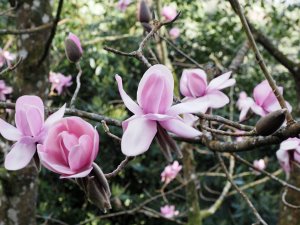
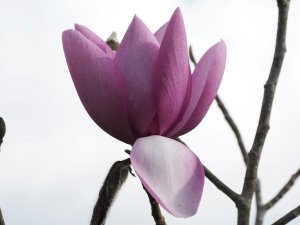
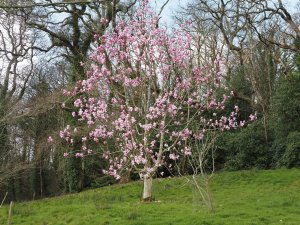
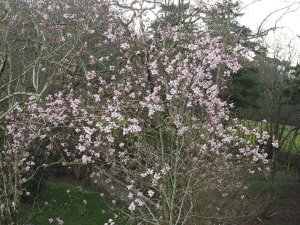
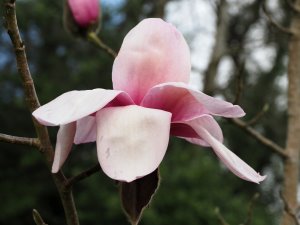
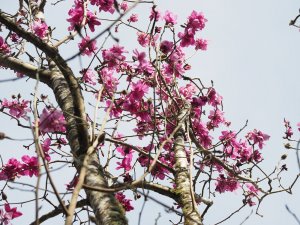
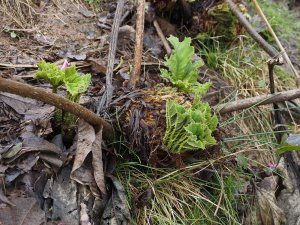
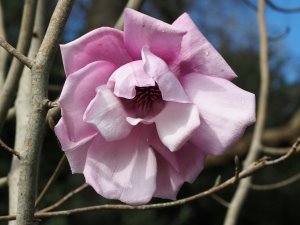
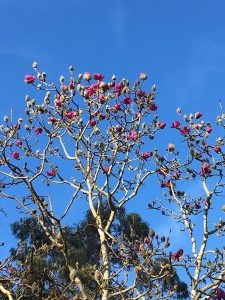
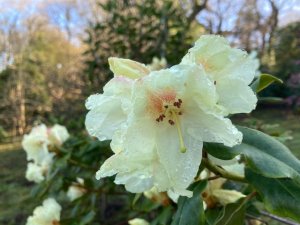
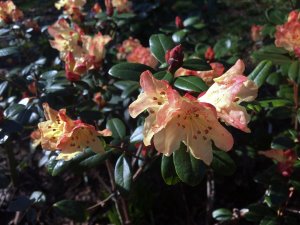
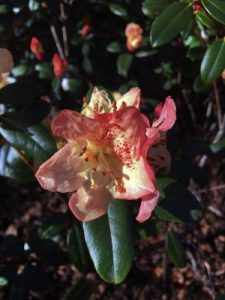
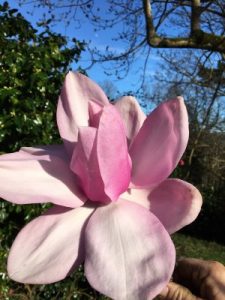
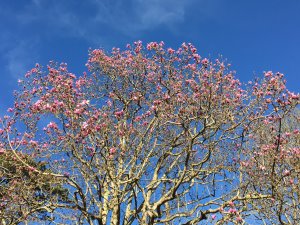

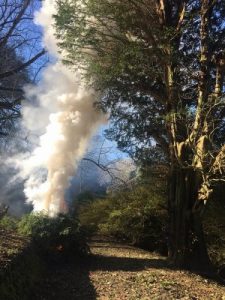
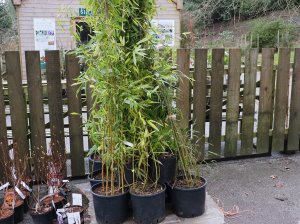
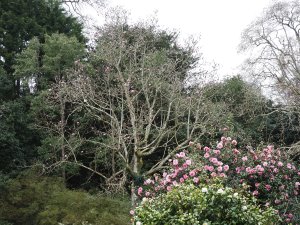
Your Isla Rose plantation is just lovely. We found it last week by chance and were unaware of its significance. It is lovely on all aspects you are a very lucky man Mr Charles!